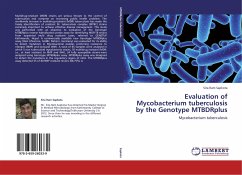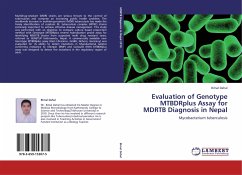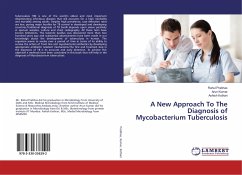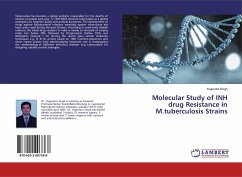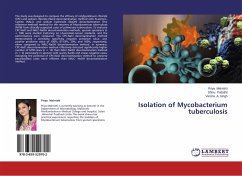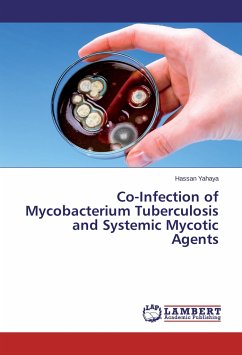Multidrug-resistant (MDR) strains are serious threats to the control of tuberculosis and comprise an increasing public health problem. The worldwide increase in multidrug-resistant (MDR) tuberculosis has made the timely identification of resistant M. tuberculosis complex (MTBC) strains extremely important to achieve effective disease management. This study was performed with an objective to evaluation of the Genotype MTBDRplus reverse hybridization probe assay for identifying MDR-TB strains from suspected multi drug resistant cases, referred to GENETUP Kathmandu, Nepal. A commercially available new Genotype MTBDRplus assay (Hain Lifescince, GmBH, Nehern, Germany) was evaluated for its ability to detect mutations in Mycobacterial isolates conferring resistance to rifampin (RMP) and isoniazid (INH). A total of 85 Samples were analysed in which 5 non tuberculoid mycobacteria strains, 55 multidrug resistant (MDR; i.e., at least resistant to RMP and INH), 24 fully susceptible strains were analyzed using Genotype MTBDRplus assay. MTBDRplus assay was designed to detect the mutations in the regulatory region of inhA. The MTBDRplus assay detected 55 of 80 RMP resistant strains (68.75%) w

